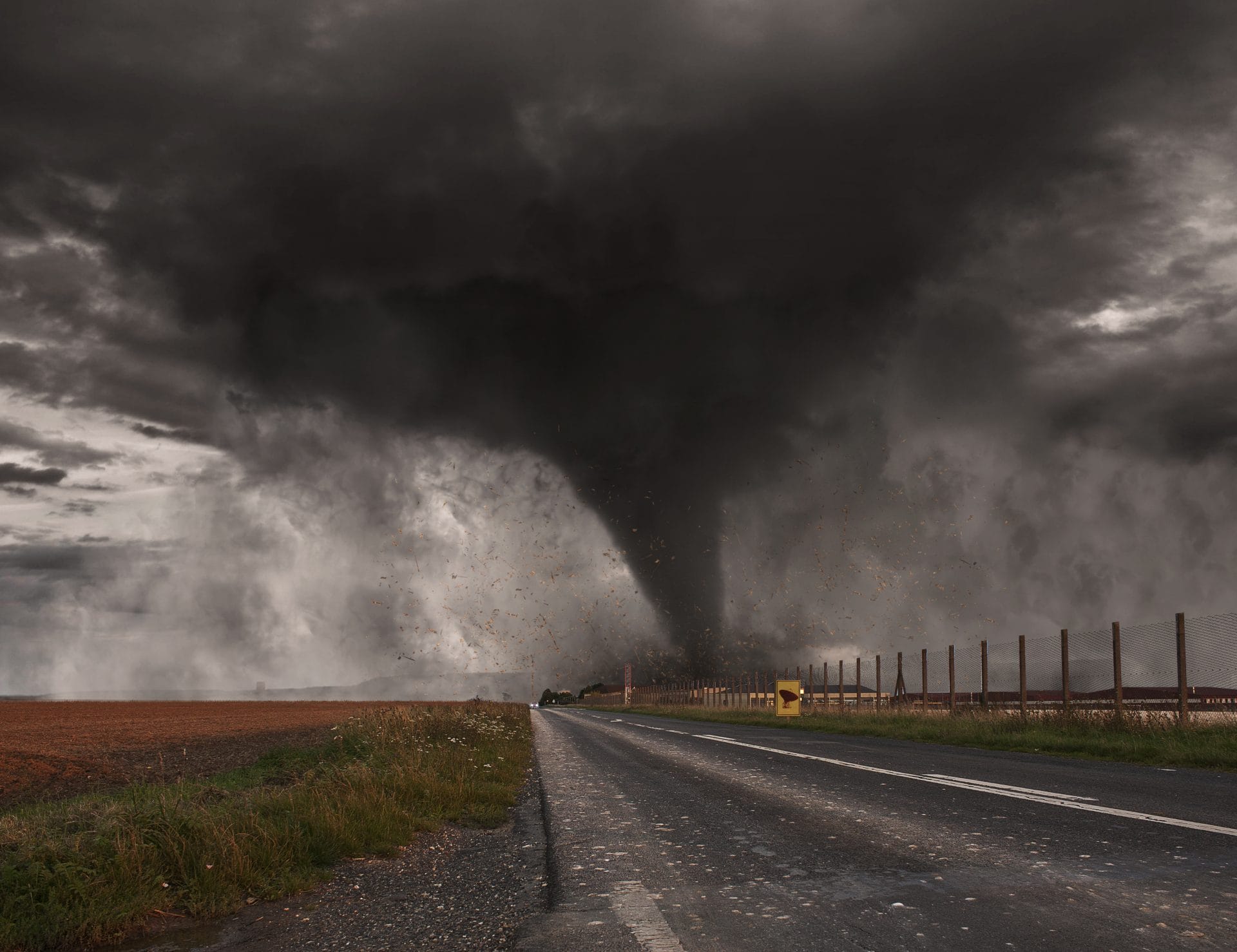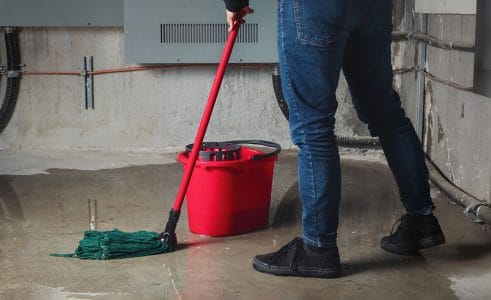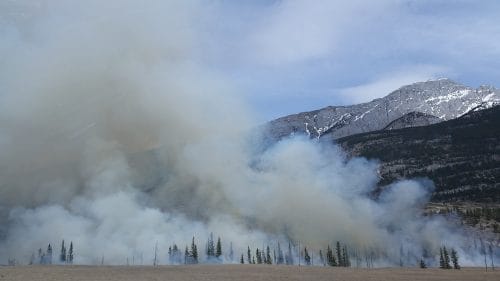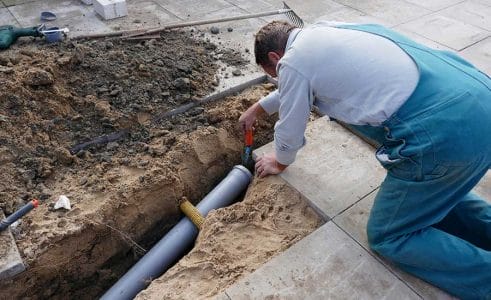Where Is Tornado Alley?
Across the United States, certain regions are more prone to severe weather patterns than others. One common example of this is an area known as “Tornado Alley.”
This large, central section of the United States includes parts of the Great Plains, Midwest, and Southeast where tornadoes are more likely to occur.
While the term “Tornado Alley” is not officially used by the National Weather Service or the National Oceanic and Atmospheric Administration, it has been used for the better part of a century.
What Is Tornado Alley?
Tornado Alley is the section of the United States where, historically, the most tornadoes have occurred.
While the core of Tornado Alley includes northern Texas, Oklahoma, Kansas, and Nebraska, some definitions extend its boundaries to encompass parts of South Dakota, Iowa, Missouri, Illinois, Indiana, and western Ohio. This broader perspective accounts for the varying criteria used to define the region, such as frequency of tornado occurrences, intensity, and the areas affected.
Additionally, the tornadoes that do form in Tornado Alley tend to be more devastating, on average, than the tornadoes that occur in other areas of the country. In fact, roughly a quarter of the tornadoes classed EF2 or greater over the last hundred years have occurred within Tornado Alley.
Please keep in mind that any tornado—no matter its class or location—should be considered a severe weather pattern that is capable of causing harm and destruction.
Furthermore, even though states located within Tornado Alley are more likely to experience tornadoes as compared to other regions of the country, tornadoes can form anywhere in the United States. Please refer to our tornado preparedness guide so that you can be prepared should a tornado watch or warning be issued in your area.
Origin of the Term “Tornado Alley”
The term “Tornado Alley” was first used in 1952 by U.S. Air Force meteorologists Major Ernest J. Fawbush and Captain Robert C. Miller. They employed it as the title of a research project aimed at studying severe weather patterns in parts of Texas and Oklahoma.
Where Is Tornado Alley?
While it has no set boundaries, states typically considered to be located within Tornado Alley include:
- Texas
- Kansas
- Oklahoma
- Florida
- Nebraska
- Illinois
- Colorado
- Iowa
- Missouri
Tornadoes in these states historically form over the flat plains, but they are known to travel into densely populated areas, leaving a trail of destruction in their wake.
In addition to the states mentioned above, the southern states of Mississippi, Alabama, and Tennessee have seen a significant increase in tornadoes over the last several years. This specific sub-section of Tornado Alley is often referred to as Dixie Alley.
Some experts believe any states east of the continental divide could see extensive tornado activity due to the ideal weather conditions for tornados found in these areas.
Is Tornado Alley Shifting?
Recent studies suggest that the traditional boundaries of Tornado Alley may be shifting eastward. Regions in the Southeastern United States, often referred to as “Dixie Alley,” have experienced an increase in tornado frequency and intensity. This shift is attributed to changes in climatic patterns, leading to more favorable conditions for tornado development in these areas.
Tornado Season In Tornado Alley
Because Tornado Alley covers such a large area of the country, not every section experiences increased tornado activity at the same time. Tornado season in each of the various regions is as follows:
- East and Gulf Coasts – Cooler spring months
- Southern Plains – May to June
- Northern Plains and Midwest – June to July

Why Tornado Alley Is Prone To Tornadoes
There are several factors that contribute to both the volume and intensity of the tornadoes that form within Tornado Alley. These include:
Atmospheric instability – Due to its geographic location and conditions, Tornado Alley has warm, moist air coming north from the Gulf of Mexico, which then collides with cooler, dry air coming south from the Rocky Mountains.
Competing air masses – When this collision occurs, the warm air rises while the cold air sinks, resulting in violent thunderstorms known as supercells. If the colliding air streams have different speeds, a funnel cloud is created.
Terrain – The dry and flat terrain found within Tornado Alley makes it easy for the supercell’s funnel cloud to touch down on earth. When it does make contact with the earth, a tornado is formed.
Overcome Tornado Damage With Help From BELFOR
If your property is damaged by a tornado, it is important to act quickly to limit further damage. Even after a tornado has passed, your property could still be susceptible to water damage and subsequent mold damage.
At BELFOR, in addition to standard water damage and mold remediation, our storm cleanup and recovery services also include:
- Emergency Board-Up Service
- Perimeter Fencing
- Building Shrink Wrap
- Demolition and Reconstruction Services
Contact your local BELFOR office today or download the BELFOR Mobile App to request storm cleanup and recovery services for your property.
.jpg)


